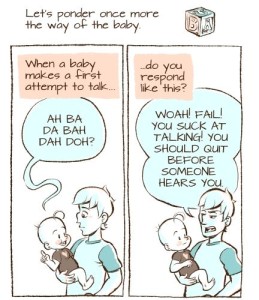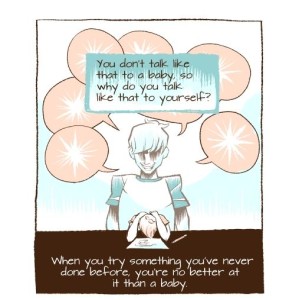Last month Non-Profit Quarterly (NPQ) had a small piece on a “Speed Dating” event that 15 Sacramento non-profits organized to recruit volunteers. In addition to it being a great idea for volunteer recruitment, it also seemed like a (relatively) low-stakes way to practice and evaluate the most effective methods of speaking about your organization for fundraising and promotion purposes.
On the merits of recruiting volunteers, I thought it was a better option than just listing opportunities on websites and newspapers because it is more active and takes advantage of the cachet of other organizations to engage with people who might not immediately be attracted to your organization.
By this I mean, had you advertised a volunteer recruitment open house for your theater, it may pass the notice of people who don’t already have an affinity for your discipline or organization.
If you are part of an event that also includes the local Red Cross, schools, hospitals and other non-profits, you have an almost guaranteed opportunity pitch your organization to everyone there. Since everyone is expected to interact with everyone else, it removes the awkwardness of volunteer fairs where you attempt to engage with people who pass your booth. Ultimately you have the opportunity to gain the participation of a person who was only vaguely familiar with your organization, was unaware you went into elementary schools, but is absolutely invested in helping with those activities.
This approach may be well suited to recruiting young volunteers because it is so direct and interactive rather than depending on them to find and research you at some point in their busy day. (Which is not at all to say that older retirees wouldn’t find it great fun as well.)
In the NPQ comments section, Abigail Denecke echoed my thoughts wondering what questions/statements/approach might have been most effective at cultivating additional action. And I liked commenter Laura Halley’s idea about using a speed dating structure as a general orientation tool.




This is such a thought-provoking post! It’s fascinating to consider how everyday beauty in design, even in functional spaces like…